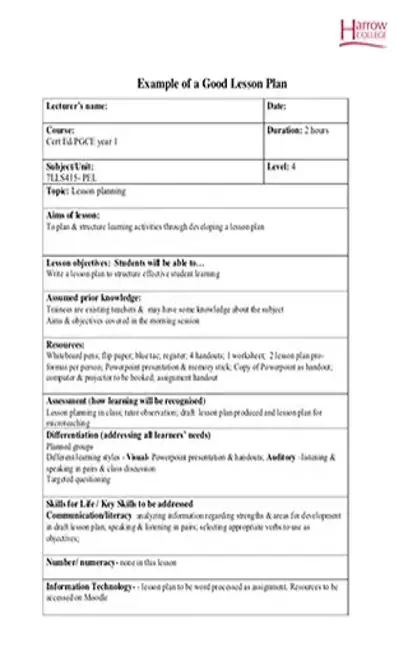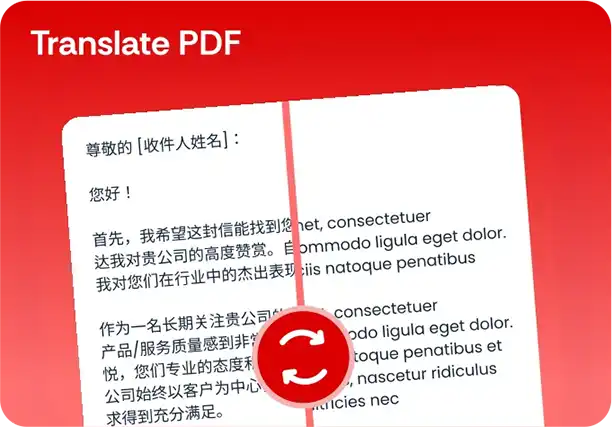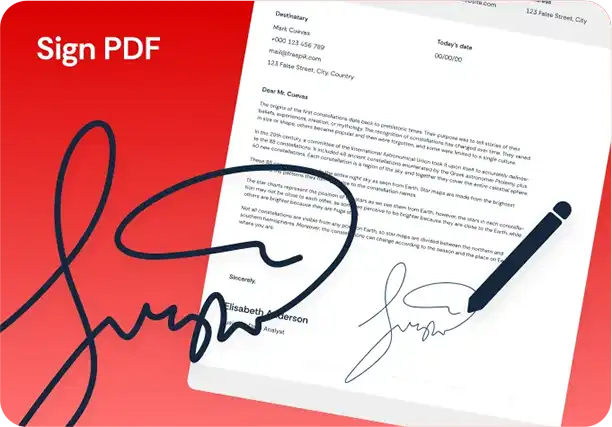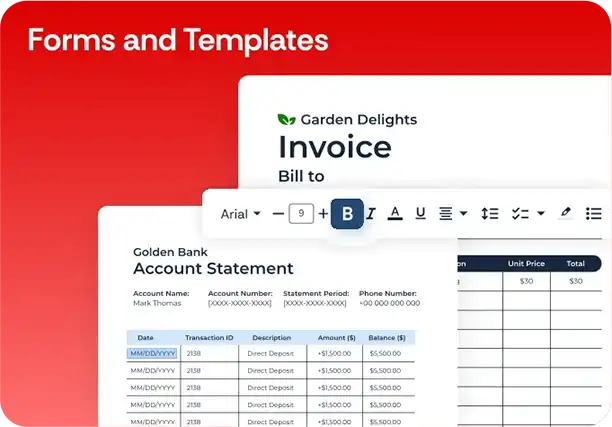Sample Lesson PlTemplates PDF Template
Stop searching and find out why people love the ease of creating beautiful and legally compliant Sample Lesson PlTemplates PDF with PDFSimpli.

Stop searching and find out why people love the ease of creating beautiful and legally compliant Sample Lesson PlTemplates PDF with PDFSimpli.





[toc] For any teacher, coming up with a lesson plan is an essential part of the curriculum. But planning lessons can seem overwhelming, especially if you aren’t sure where to start. You want to make sure you give all of the relevant information in the best way possible. Fortunately, no matter what age group or subject matter you teach, there are free lesson plan templates available for you to modify.
If you teach, you’re responsible for making sure your students come away from your classroom with all of the knowledge they require. This means that you have to get creative in adapting things to different people’s learning styles, especially if you’re teaching younger children. You’re responsible for making sure that your curriculum is taught in the most effective way possible. That can seem like a daunting task. But lesson plans should be fun!
You’ll use these lesson plan templates to outline each of your classes. You’ll capture the information you need to impart, the activities and readings you’ll do to explain it to your students, and any additional review or follow-up.
Any number of teachers might use this. It’s not just limited to teachers in grade schools. The following people might benefit from these templates:
Grade school teachers planning their days
High school teachers tackling their curriculum
University professors organizing their thoughts regarding lectures and lessons
Hebrew teachers, Sunday school teachers, and other religious teachers
Informal teachers for small study groups
Any other person who wants to consolidate their lesson ideas into a concrete plan
PDFSimpli is the best solution for filling out documents, editing & annotating PDFs and converting document filetypes. Don't delay, start today.
The best time to use these templates is well in advance of your actual lesson. That way, you have time to revise your ideas and make sure your approach is going to work. There’s a lot of planning that goes into the education process.
After you complete your lesson plans, you should bring them to class with you so that you have a guideline for the day. You can also compare your progress against your lesson plan to see whether you’re on track for the day or not.
Teaching without a lesson plan is never a good idea. You might feel comfortable borrowing lesson plans made by other teachers of the same material, but it won’t be personalized for your classroom the same way a lesson plan you make is. If you go into the classroom with no plan whatsoever, you’ll soon find yourself in the middle of chaos. It doesn’t matter what you’re teaching. You need to have a basic idea of what you’re walking into if you want to command the respect of your students and keep control of the environment.
Each template will be filled out in a slightly different way. It’s best to break them down by form.
The universal template is generic. Since it isn’t aimed at any particular age group or instructor, it can be used by almost anybody. It’s mainly used as an organizational tool. You’ll have to give the following information:
The objectives of the lesson
The activities and tasks that will occur during the lesson
Any equipment and materials you need
Useful knowledge reference bases
Any potential homework assignments related to the lesson
A daily lesson planner will help you to organize each of your lessons for every day. This is often the best option for people who teach multiple different classes at multiple different grade levels. You’ll be able to keep track of your lesson objectives, necessary materials, and goals for multiple different classes at once.
A weekly planner is a good way to help you order your lessons and get an at-a-glance view for what will be required for the week. It takes down basic notes about the required materials or equipment, the homework assignments, references, and any reading chapters that should be completed. You’ll be able to see exactly what you aim to accomplish for each school week.
A course planner provides an even better birds-eye view of your lessons. This is a form you might want to complete after you’ve taken down your individual lesson plans. They can all be combined with highlights into your course planner, so that you have a good sense of when you’re on track and what you need to be doing.
Unit lesson plans do the same as a course planner, except it’s on a much smaller and more detailed scale. Rather than being about an entire course that you’re teaching, it’s about an individual unit within that course. You’ll break the unit down into several lessons with bite-sized chunks of teaching information.[pdf-embedder url=”https://cdn-prod-pdfsimpli-wpcontent.azureedge.net/pdfseoforms/pdf-20180219t134432z-001/pdf/sample-lesson-plan-templates.pdf”]
The template that’s best for you will vary widely depending on what you teach, how extensively you need to plan, and the number of days and classes that you teach per week. Teachers who have weekend classes probably won’t find as much use for a weekly planner as traditional school teachers, for example.
Your best bet is probably to use a daily planner. You can go through your day period by period and make sure that you have comprehensive plans to keep each of your classes on track through their required material.
Every teacher will forget their materials at some point or another. It’s an inevitable part of the job. Don’t worry about it! Lesson plans don’t need to be 100% set in stone. Improvisation is key. You might find yourself finding a substitute for the supplies, or you might teach a different part of the lesson, or you might come up with an entirely new way of showing your students the concepts. Allow yourself room to be creative.